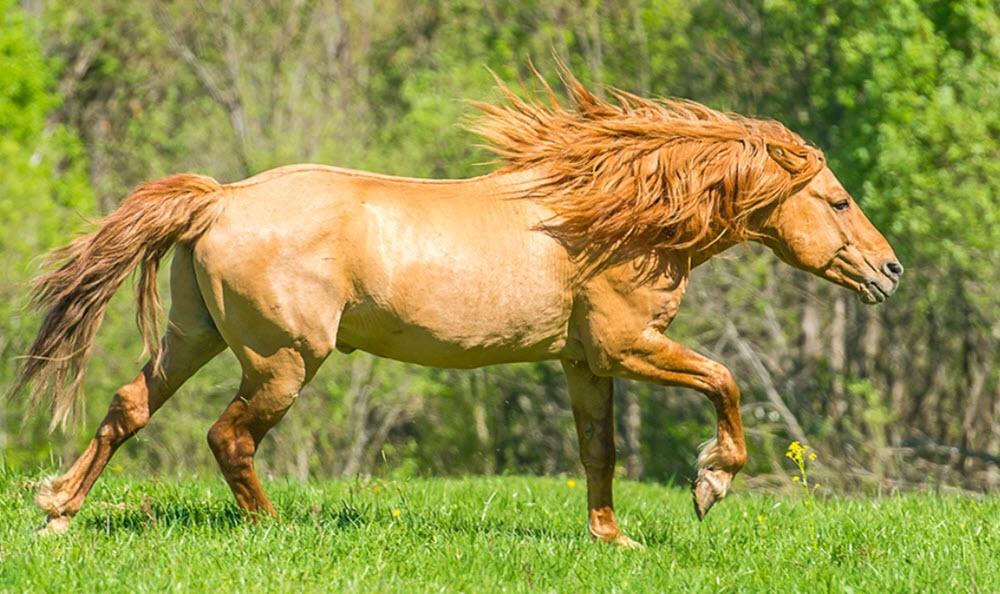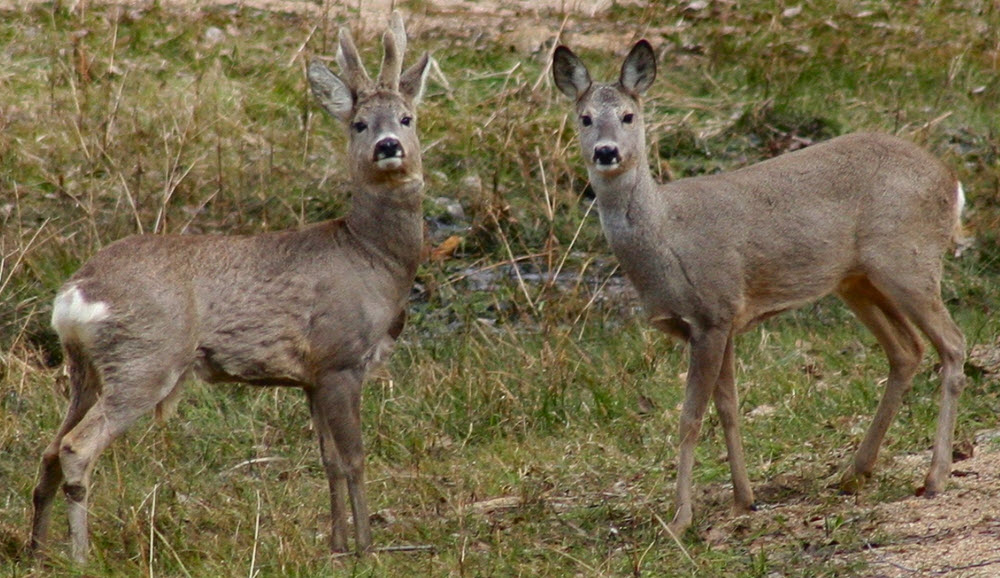Wild Field in Russia
Contents
Established in 2012, Wild Field (Дикое поле) has grown to be 300 ha nature reserve in the European part of Russia. It is closely associated with the Russian geophysicist Sergey Zimov, who is an expert in arctic and subarctic ecology. Wild Field was created as a companion to the Pleistocene Park in Siberia. While Wild Field is found in south-western Russia, the Pleistocene Park is located in the northeastern extreme of the country.
The main purpose with Wild Field is public outreach and to showcase a model of what this type of steppe ecosystem looked like before humans changed it. The park is open to the public and accessible by road and railway.

Where is Wild Field?
Wild Field is located in the Tola Oblast, in the European part of Russia. The park is roughly 250 km south of Moscow, and the closest city is Yefremov.
Coordinates: 53°20′54″N 37°57′17″E
Size
At first, 150 ha of the 300 ha were fenced off and stocked with animals. In 2017, the fenced off area was increased to 280 ha.
There are plans to soon increase the reserve to 500 ha.
Animals
Naturally, plenty of animals lived in Wild Field when it became a nature preserve, and the park has also been fitted with special one-way entrances that allow animals to enter on their own accord. One notable example of this are the wild boars that entered the Wild Field through the special one-way entrances in 2016. That same year, a female elk (Alces alces) entered as well.
In addition to this, animals from other regions are being deliberately introduced to the park, including several species of larger and mid-sized herbivores.

Examples of introduced herbivores
In 2012-2015, several large herbivores were introduced to Wild Field, including:
- Bashkir horses (a strain of Equus ferus caballus) were introduced from a feral herd living inthe southern part of the Ural Mountains.
- Altai wapati (Cervus canadensis sibiricus). This is a subspecies of C. canadensis native to the forest hills of southern Siberia, northwestern Mongolia and China´s Xinjiang province.
- Edilbaevskaya sheep, which are a strain of Ovis orientalis aries.
- Kalmykian cattle, which are a strain of Bos primigenius taurus.
- Domestic yaks (Bos mutus grunniens). Both horned and polled (non-horned) phenotypes have been introduced to the park.
In 2017, the herbivore population was enriched with 73 domestic Pridonskaya goats (a strain of Capra aegagrus hircus) and four reindeer (Rangifer tarandus).
Plans
There are plans to introduce more species to the Wild Field in the nearby future, including herbivores such as the European bison, Saiga antelope and one of the cold-tolerant Camelus species. The rodents Bobak marmot and Speckled ground squirrel have also been discussed, as well as one or more species of Old World vulture.
About Sergey Zimov
Sergey Zimov (b. 1955) is a Russian geophysicist who specializes in arctic and subarctic ecology. He is the founder of the Pleistocene Park in north-eastern Russian and the Wild Field in south-western Russia. Both parks are involved in rewildering.
Zimov is the founder and director of the Northeast Scientific Station and a senior research fellow of the Pacific Institute for Geography. Both are institutes under the Russian Academy of Sciences.
Internationally, Zimov is chiefly known for advocating the idea that human overhunting of large herbivores during Pleistocene destroyed Siberia’s grassland-steppe ecosystem. He started the Pleistocene Park in 1988 to test the hypotheses that large herbivores maintained the Pleistocene tundra steppe, which dominated Siberia during the Pleistocene. Without their grazing and trampling, the grassland landscape became colonized by moss, shrubs and trees.
Alma mater: The Far East State University in Vladivostok, Russia